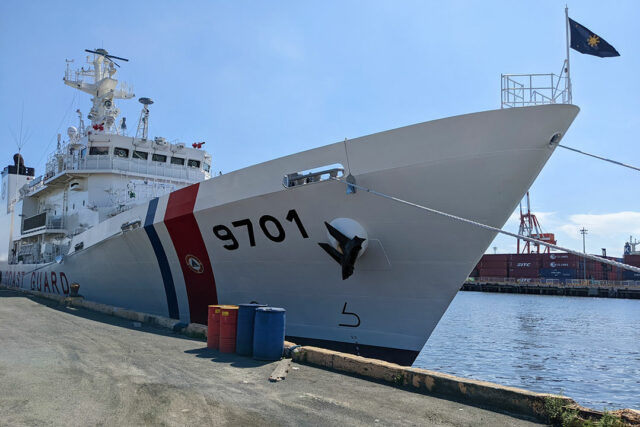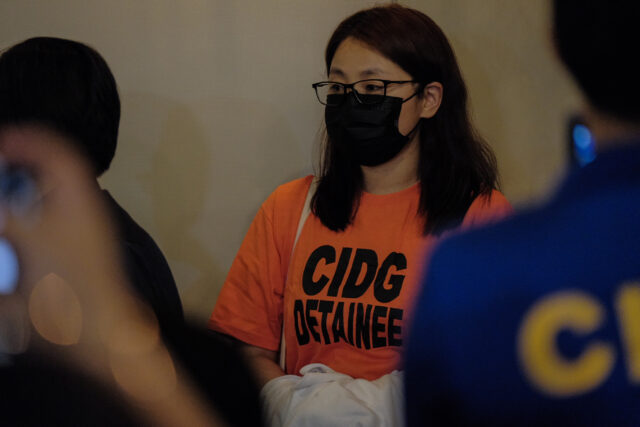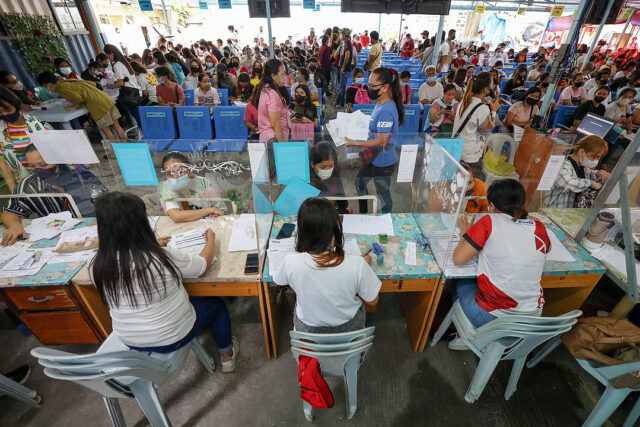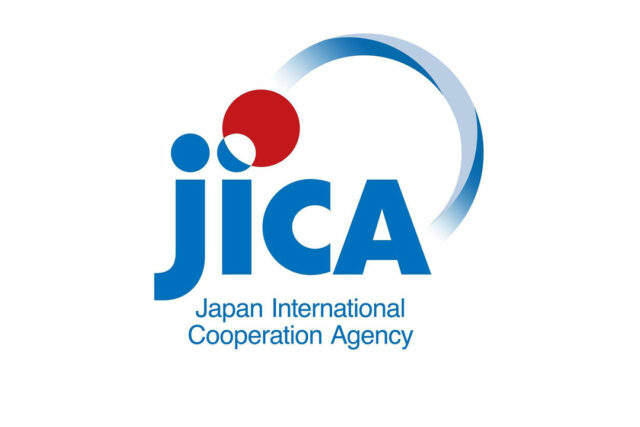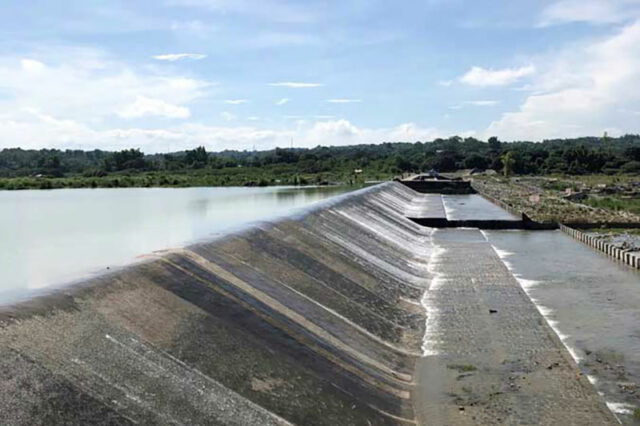Philippine ship leaves Sabina Shoal after months of pressure from China
By Kyle Aristophere T. Atienza, Reporter
THE PHILIPPINES’ biggest coast guard ship left Sabina Shoal on Sept. 14 after five months of being deployed there and amid Chinese pressure to leave the disputed atoll.
BRP Teresa Magbanua left the disputed shoal, which Manila used as a staging ground for resupply missions to Second Thomas Shoal, because it had accomplished its mission, the Philippines’ National Maritime Council said in the statement on Sunday.
“After more than five months at sea, where she carried out her sentinel duties against overwhelming odds, BRP Teresa Magbanua is now sailing back to her homeport with her mission accomplished,” council Chairman and Executive Secretary Lucas P. Bersamin said.
The Chinese Coast Guard confirmed the departure of the ship after lingering there since April in what China viewed as an “illegal action,” according to state-owned Xinhua News Agency.
China took measures against Philippine vessel 9701 in accordance with the law, while repeated Philippine attempts to organize replenishment of the vessel had failed, Xinhua quoted China Coast Guard spokesman Liu Dejun as saying.
The Southeast Asian nation’s sustained presence at the feature, aiming to monitor what it suspects to be China’s small-scale reclamation activities has angered Beijing, turning the shoal into their latest flashpoint in the contested waters.
The pullout of Magbanua was not in compliance with China’s previous demands, National Maritime Council spokesman Alexander Lopez told reporters.
“This a unilateral action of the Philippine Coast Guard (PCG) considering the administration and operational factors mentioned in the National Maritime Council statement,” he said.
Mr. Lopez said the ship left the shoal on Saturday and was expected to arrive in Puerto Princesa, Palawan province by Sunday afternoon.
He added that the country’s presence at the shoal would “be sustained.” “We will keep on monitoring and documenting any or all illegal activities for our strategic purpose.”
“We will maintain our presence in whatever way, and we will continue to monitor and enforce our rights, exercise our rights, sovereign rights, sovereignty and jurisdiction over the area.”
Mr. Bersamin said the 97-meter PCG vessel needs to address the medical needs of some of its crew and undergo needed repairs.
It would also give its crew a furlough so its members could have a reunion with their loved ones, he added.
“After she has been resupplied and repaired, and her crew recharged, she will be in tip-top shape to resume her mission, along with other PCG and Armed Forces of the Philippines assets, as defenders of our sovereignty,” Mr. Bersamin said.
BRP Teresa Magbanua was deployed to Sabina Shoal in mid-April, as Manila accused Beijing of dumping the atoll with dead corals to alter its elevation.
Chinese and Philippine vessels have collided since last month near Sabina, which lies 140 kilometers off the Philippine westernmost island of Palawan.
“During her deployment at Escoda Shoal (Sabina), she challenged an encirclement by a larger flotilla of intruders, battled inclement weather, with her crew surviving on diminished daily provisions,” Mr. Bersamin said.
“What made this possible is the determination and dedication of the men and women on board, who crewed her in the finest tradition of our Philippine Coast Guard sailors, and in honor of the heroine for whom she was named.”
The Philippine Foreign Affairs department this month said it had expressed its displeasure with Beijing over an Aug. 31 collision in which BRP Teresa Magbanua was hit thrice by a Chinese vessel.
The China Coast Guard vessel caused significant damage to the Philippine ship and endangered the lives of its personnel, a Philippine task force said.
The Chinese side made a similar claim, with Mr. Liu saying that the smaller PCG vessel “deliberately” collided with their ship.
Sabina has been a staging ground for Philippine resupply missions to Second Thomas Shoal, where Manila grounded a World War II era ship in 1999 to serve as an outpost for a handful of Filipino soldiers.
Manila and Beijing came up with a resupply deal in July after a June 17 standoff where Chinese forces threatened, using bladed weapons, Filipino troops delivering supplies to the Navy outpost, according to the Philippine military.

